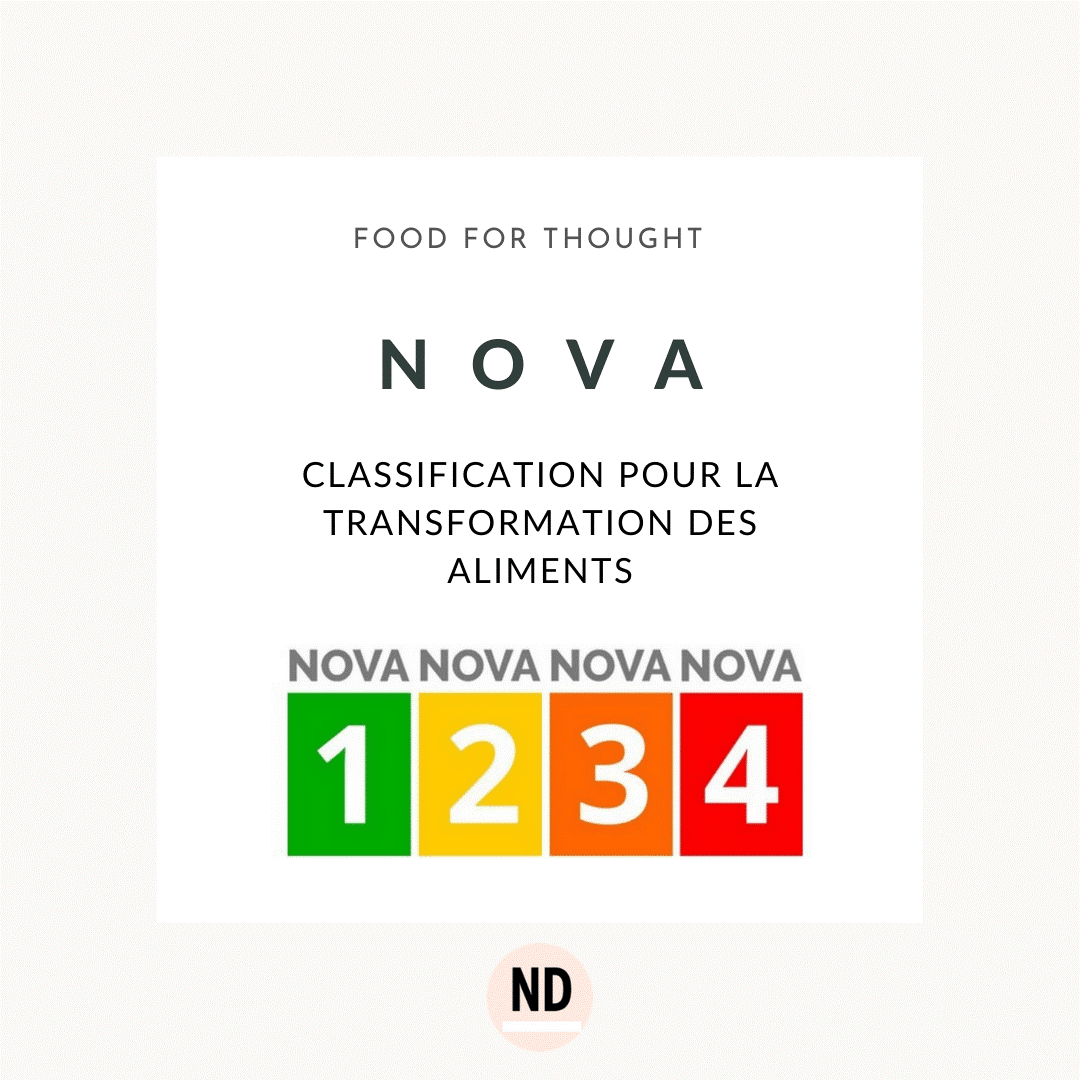Classification des aliments selon leur degré de transformation: NOVA n’est pas aussi robuste qu’il n’y parait !
RetourEuropean Journal of Clinical Nutrition (2022), article Open Access

Bien que le système de classification NOVA en fonction de critères liés à la transformation des aliments soit largement utilisé, sa robustesse et ses fonctionnalités restent peu explorées. Cette étude, menée par une équipe de chercheurs dont Catherine Féart de l’équipe LEHA du BPH a déterminé si ce système conduit à des affectations alimentaires cohérentes par les utilisateurs.
Contact : catherine.feart-couret@u-bordeaux.fr
English summary – Abstract
Background: In the NOVA classification system, descriptive criteria are used to assign foods to one of four groups based on processing-related criteria. Although NOVA is widely used, its robustness and functionality remain largely unexplored. We determined whether this system leads to consistent food assignments by users.
Methods: French food and nutrition specialists completed an online survey in which they assigned foods to NOVA groups. The survey comprised two lists: one with 120 marketed food products with ingredient information and one with 111 generic food items without ingredient information. We quantified assignment consistency among evaluators using Fleiss’ κ (range: 0-1, where 1 = 100% agreement). Hierarchical clustering on principal components identified clusters of foods with similar distributions of NOVA assignments.
Results: Fleiss’ κ was 0.32 and 0.34 for the marketed foods (n = 159 evaluators) and generic foods (n = 177 evaluators), respectively. There were three clusters within the marketed foods: one contained 90 foods largely assigned to NOVA4 (91% of assignments), while the two others displayed greater assignment heterogeneity. There were four clusters within the generic foods: three clusters contained foods mostly assigned to a single NOVA group (69-79% of assignments), and the fourth cluster comprised 28 foods whose assignments were more evenly distributed across the four NOVA groups.
Conclusions: Although assignments were more consistent for some foods than others, overall consistency among evaluators was low, even when ingredient information was available. These results suggest current NOVA criteria do not allow for robust and functional food assignments.



